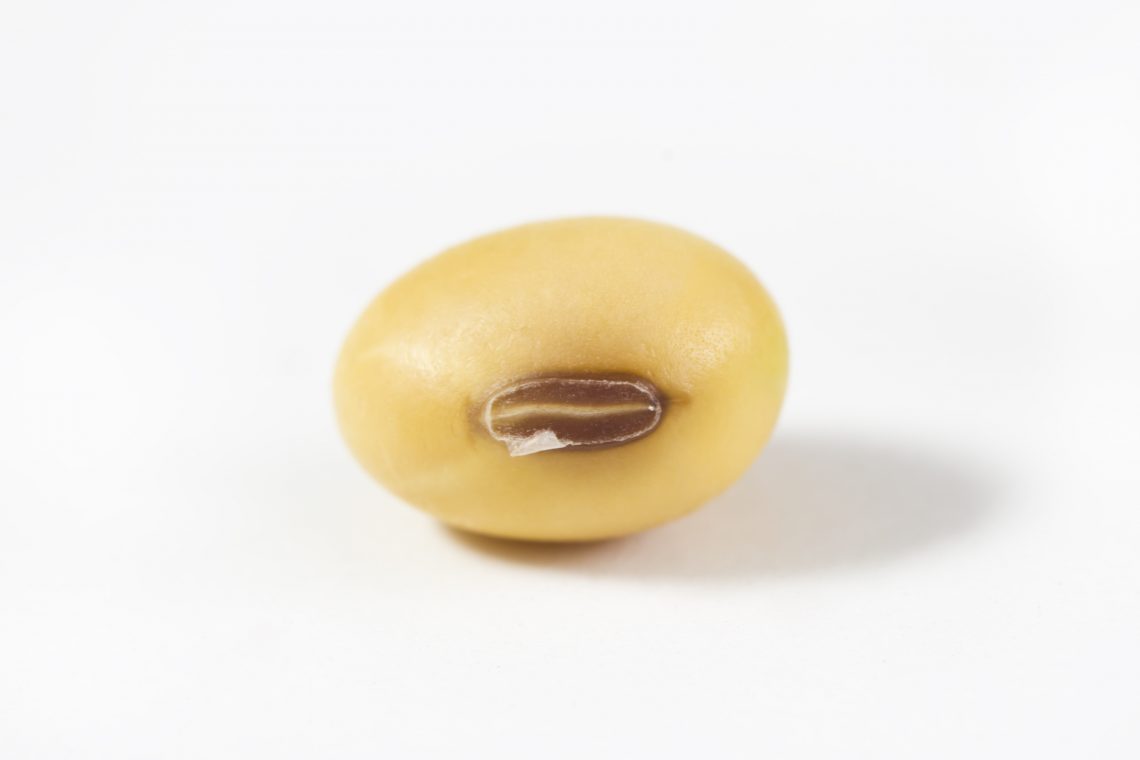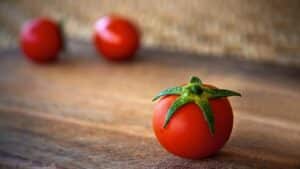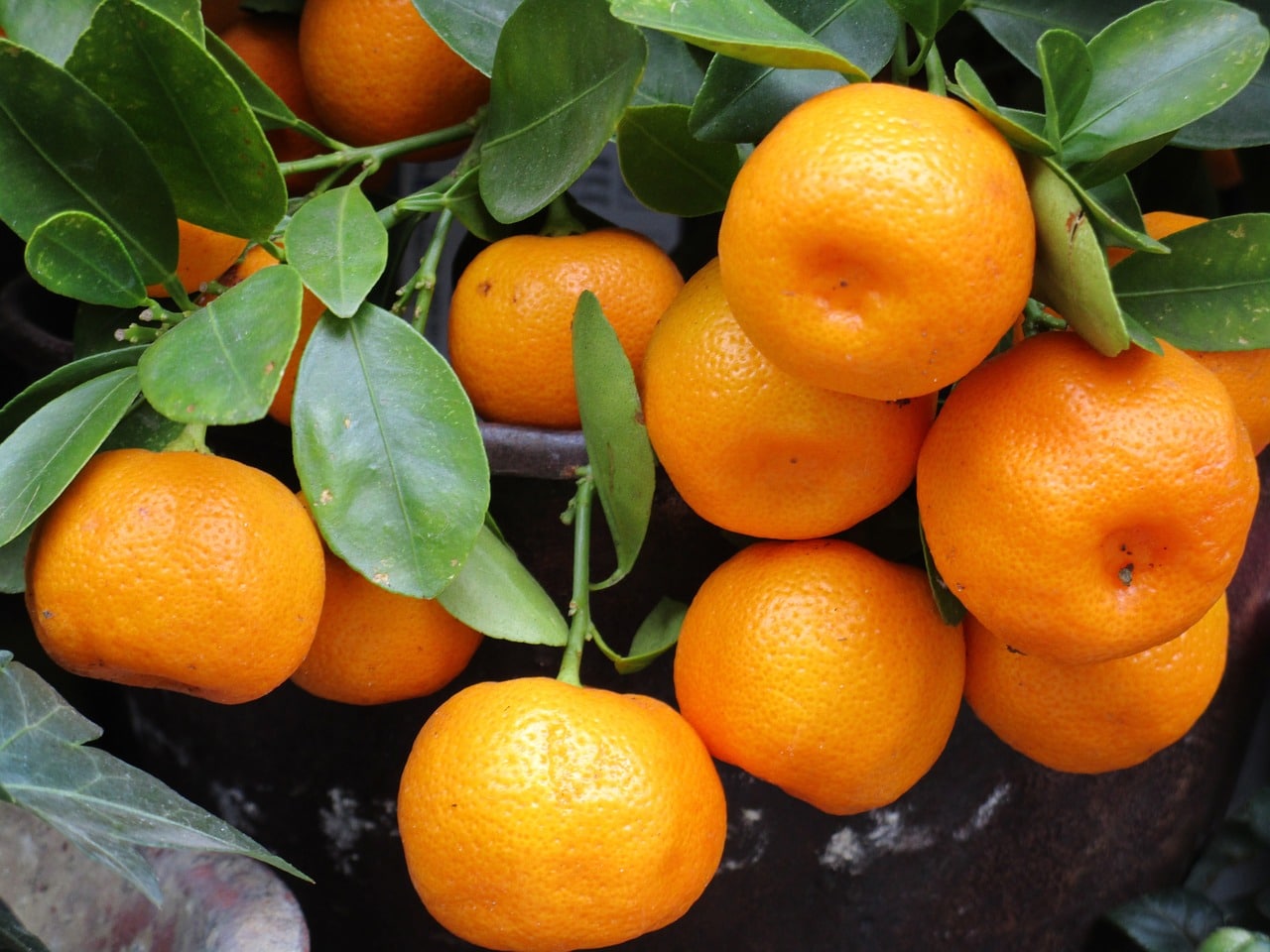Exploring seeds in a changing climate.
Tucked into a valley roughly 50 miles southeast of Amsterdam in the Netherlands, Wageningen University & Research (WUR) has a simple but steadfast mission — to explore the potential of nature to improve the quality of life.
The university graduates specialize in life and social sciences, focusing their research on scientific, social and commercial challenges in the field of life sciences and natural resources. Among its robust list of ongoing research projects, the role of the small but mighty seed figures prominently.
Seed World had the opportunity to speak with Leonie Bentsink, a leading researcher at Wageningen’s Department of Plant Sciences. She specializes in molecular genetics, plant physiology, adaptation and seed quality.
“I am intrigued by the potential of seeds to survive storage and to time germination to appropriate moments that allow successful establishment of the seedling,” Bentsink says. “My research focuses on fundamental aspects of seed traits, like seed dormancy, seed longevity and germination, in relation to their ecological importance and application prospective for the industry.”
Seed World (SW): Can you explain how and why the agricultural economy is so dependent on the seed?
Leonie Bentsink (LB): The global seed treatment market was valued at $5.33 billion in 2017 and is projected to reach $13.46 billion by the end of 2025. Our agricultural system is based on the high quality of seeds that is produced.
SW: How is WUR working to educate people about the importance of seed?
LB: Honestly, there has not been a lot of attention on the importance of seeds for a long time. This is currently changing. We’ve just started teaching a new Master of Science course entitled Seed Science and Technology (54 students enrolled). In this course, students are taught about seeds in a broad sense, fundamental aspects, but also about seed technology and seed systems. This course is important for Wageningen University as 18% of our plant science students end up in the seed industry. Also we’ve embarked on a new initiative, called Seeds for the Future in which Wageningen University, Wageningen Research and the seed industry aim at tightening bonds and increasing the critical mass on seed science.
SW: Can you showcase one completed project and give us the highlights of the results? Perhaps one that you spearheaded?
LB: It is difficult to choose. Maybe I can refer to the study most of my current work (and of many other groups worldwide) is based on. With the aim to identify loci (the positions of genes) that regulate seed dormancy, we used genetic variation that is present in nature. The idea behind this is to identify loci/genes that are important for the regulation of this trait and more importantly, that it has been selected for in nature. The variation we find in nature is the result of adaptation to the plant’s or seed’s local environment. One of the genes that was identified in this way is Delay of Germination 1 (DOG1). It is the key regulator of seed dormancy and many groups work on this gene. It turned out to be conserved and involved in regulating seed germination in many species.
SW: Can you tell us about a research project currently underway?
LB: I’m very excited by an ongoing study in which we investigate the regulation of seed germination. We revealed that germination is largely regulated at the translational level, meaning that it’s not the presence of messenger RNAs (mRNA) that determine whether a protein is formed, but an additional layer of regulation that determines whether an mRNA is translated into a protein. What I find even more interesting is that seed germination is started based on the mRNAs that are stored in dry seeds. These mRNAs that are known as very instable molecules can survive for many years in seeds. There are even examples of seeds that can still germinate after 2,000 years of storage. The study of how translation is regulated is still ongoing. On top of that, we can start investigating how mRNAs are being stored/protected in seeds thanks to funding that is now in place.
SW: What is the lab’s ultimate goal?
LB: There is not just one goal. Scientifically, we aim at understanding how seed germination is regulated in the broadest sense. Whether or not a seed can germinate depends on its physiological state. Dormant or aged seeds will not germinate, or at least not at full capacity. We aim at understanding both dormancy and longevity. How are these processes regulated, can we use this knowledge in applications? Both traits are strongly influenced by the environment in which the seeds are developed. This also means that the quality of seeds is changing as a result of climate change. The better we understand these processes, the higher the chance that we can ensure optimal germination in a changed climate. On top of dormancy and germination, there is also the regulation of the germination process itself. During its germination, the seed senses its environment, and depending on this environment, it can ‘decide’ to germinate or not (there are at least two check points that allow this).
SW: How does breeding, producing and selling seeds in a sustainable way help with the seed economy?
LB: Currently there is not much breeding for seed related traits. I think this has to do with the lack of knowledge on how germination is regulated (so there is work to do). Seed quality problems are largely overcome by seed treatments, like sorting and priming. These are generally costly processes. It would be great if this could be overcome by seeds that have obtained the required characteristics by breeding or genetic modification.













